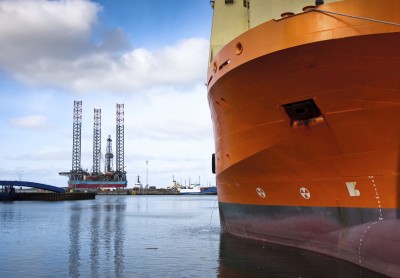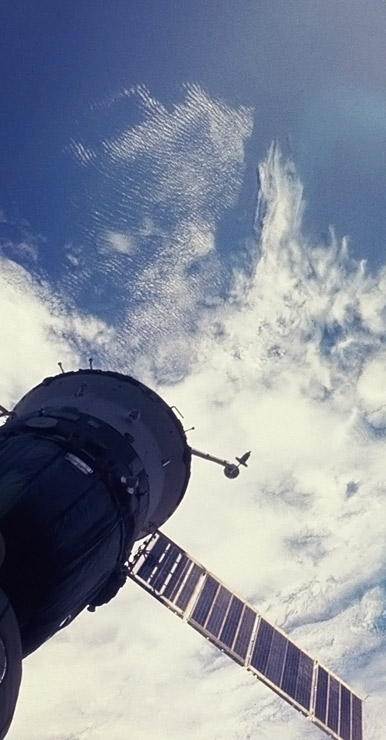In 2015, the COP21, also known as the Paris Climate Change Conference, will attempt to obtain a universal, legally binding agreement on the climate, after more than 20 years of negotiations at the United Nations. Its goal is to keep global warming below 2°C.
There’s only one way to achieve this, which is by drastically reducing our emissions of greenhouse gases. A global reduction of 40% to 70% by 2050 will be essential. The ultimate objective is to approach zero emissions by the end of the century. Here again, satellites, which are already operational, will continue to play a key role. CLS uses satellites to monitor our carbon footprint in maritime areas. How? By optimising all human activity on our seas and oceans: maritime routing, support for green energy, protection of mangrove forests, and tax incentives to reduce the production of waste.
Maritime routing solutions developed by CLS enable operators to save up 40 tonnes of fuel oil on a trans-pacific sea route
LIMITING CO2 EMISSIONS AT SEA
Using real-time altimetry data, CLS detects eddies, calculates the speed of currents and determines the most favourable route. Thanks to CLS, ships optimise their performance and fleet managers save fuel.
http://maritime-intelligence.cls.fr/



